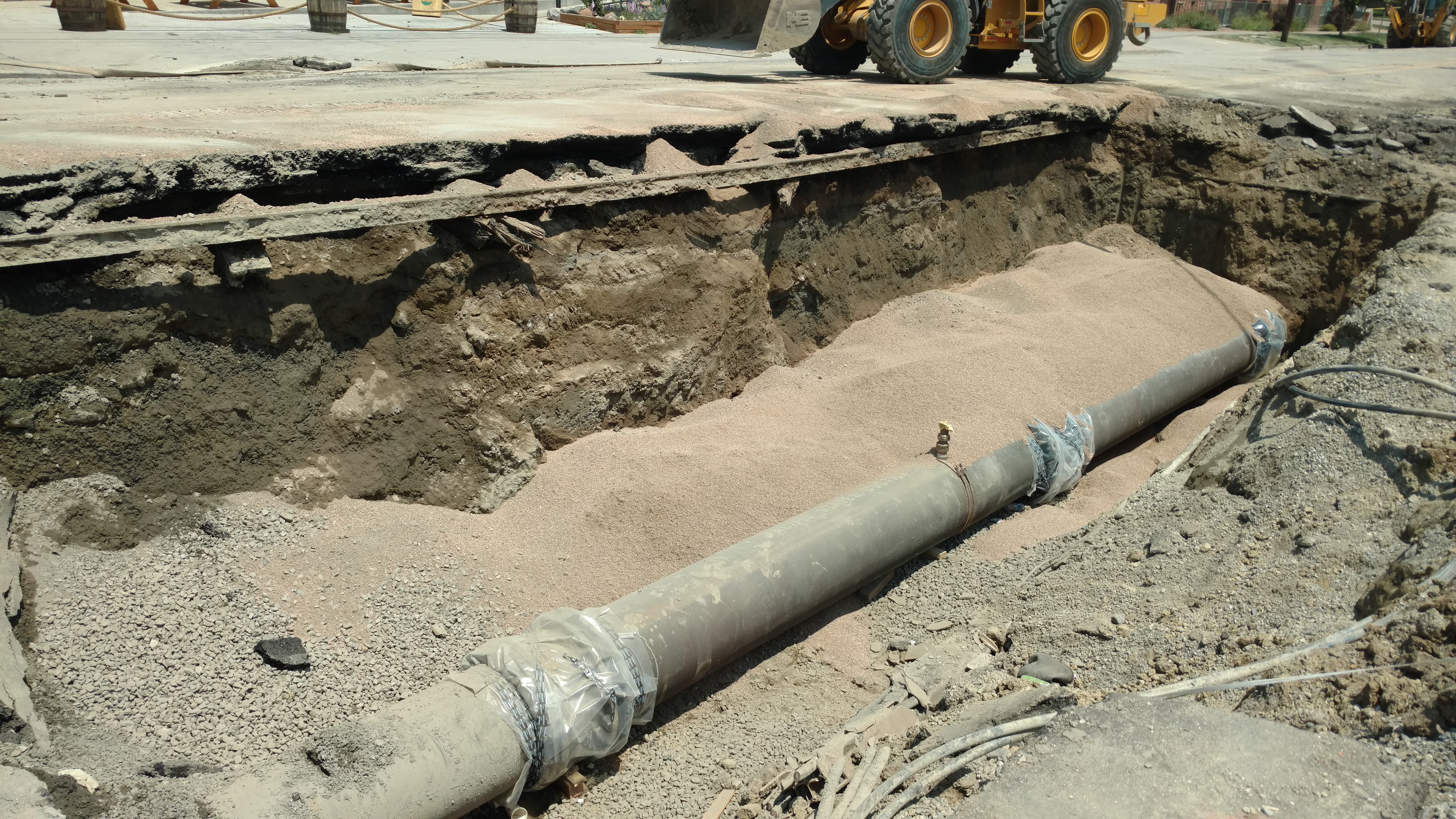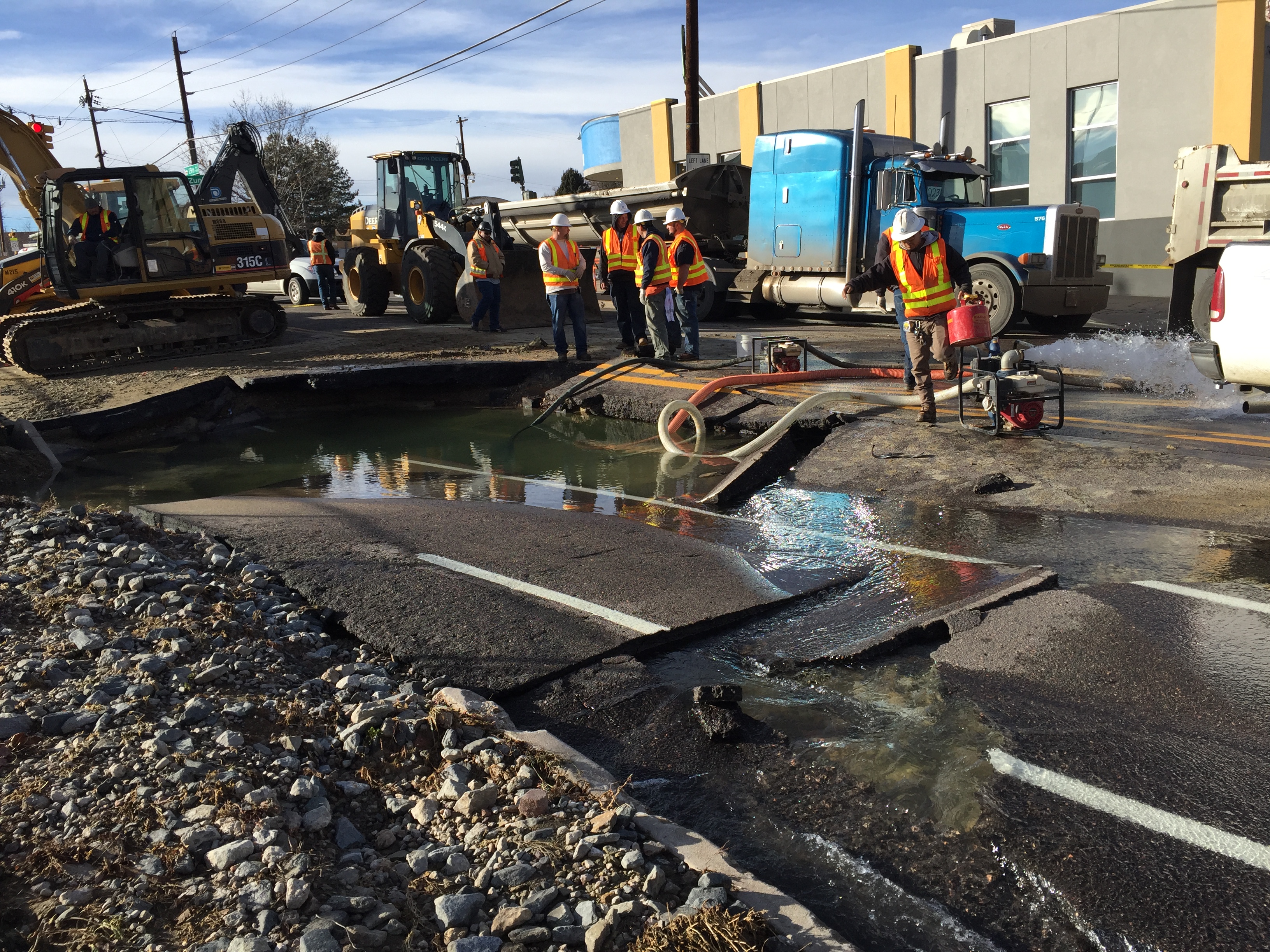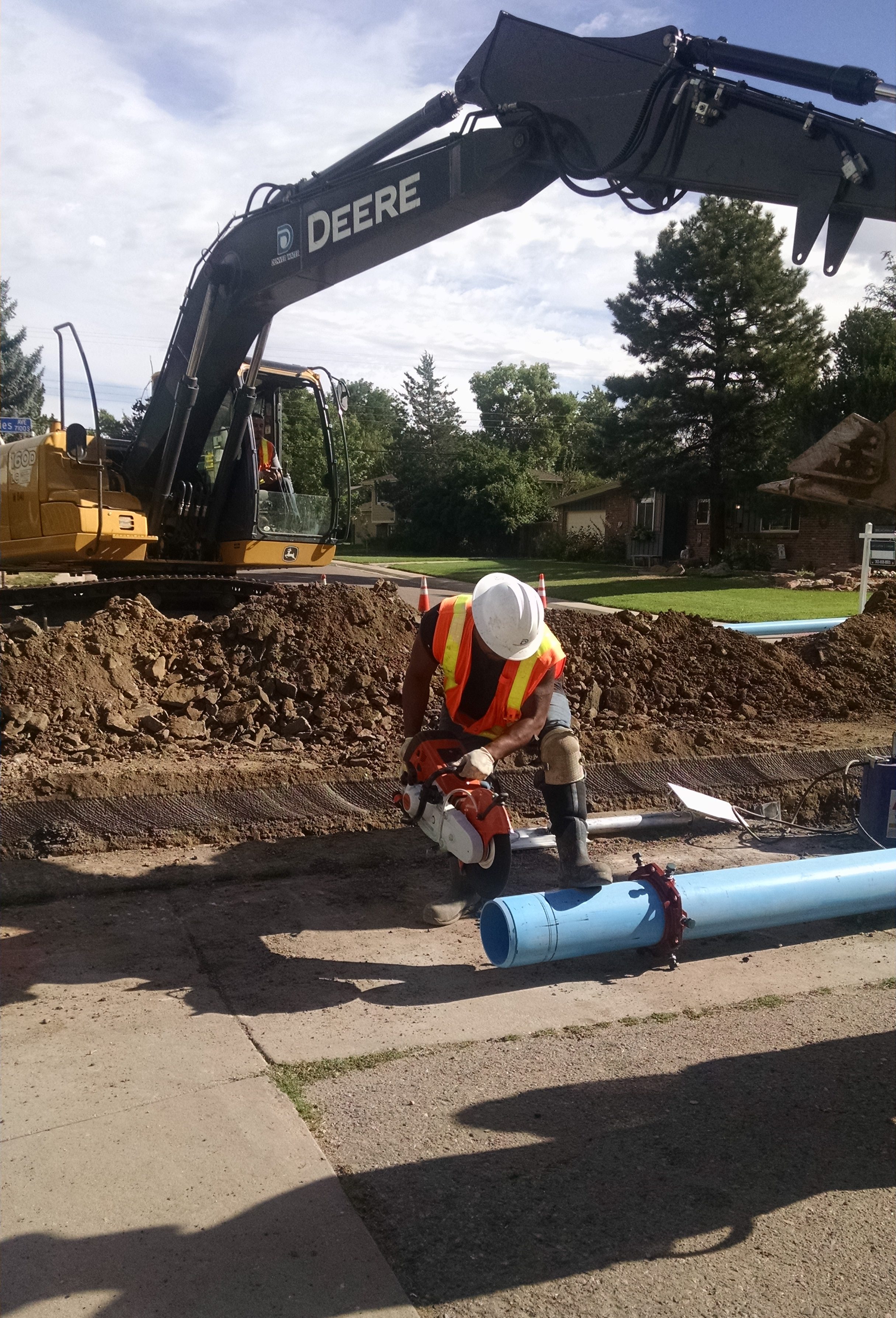
$6 million water pipe upgrade for Highland neighborhood
Editor's note: This story was originally published Nov. 1, 2017, and has been updated to reflect project completion information.
Do you have what it takes oversee pipe replacement at Denver Water? Here’s a quick exercise:
You have enough money to replace one of three sections of pipe. The first was installed in the 1900s, the second in the ’20s and third in the ’40s.
But wait, there’s a catch. You can’t see any of them because they are buried deep underneath the city streets.
Which do you pick?
Most people would naturally choose the oldest. But, not so fast said Garth Rygh, Denver Water’s director of water distribution.
“Believe it or not, age is not a reliable predictor of break rate,” said Rygh. “The worst pipe in our system was actually installed between 1940 and 1956.”
Denver Water analyzes pipe material, operating pressure, soil type, installation years and other data to prioritize proactive maintenance and replacement projects.
Main breaks also help shed some light on what may be lurking underground — sometimes leading to a reprioritization of what needs to be replaced and when.
That’s exactly what happened on Jan. 28, 2017, in Denver’s Highland neighborhood when a water main burst, providing Denver Water crews a rare glimpse at the pipe buried below 29th Avenue and Zuni Street.
In this case, it was determined that an approximately 1-mile stretch of 130-year-old pipe was finally ready for retirement. This project began in November 2017, and completed in spring 2018.
Crews replaced 4,500 feet of a 24-inch-diameter water pipe and added a new 30-inch-diameter pipe down the same corridor to improve water service in the area.
Designing and coordinating pipe replacement projects for large water transmission pipes requires careful work to make sure installation is done correctly and efficiently. It’s a process that can take up to a year to complete.
“The biggest challenge during design is confidently determining where existing utilities are located underground,” said Devin Shable, Denver Water engineer. “Installing a pipe through a corridor with existing utilities requires coordination with multiple utility owners — and sometimes requires utility relocations.”
There are multiple layers of utilities under the street, including gas, electric, fiber optic, telephone, sanitary sewer, storm sewer and other water pipes. Some run parallel to the pipe, others crisscross at intersections.
For this replacement project, crews dug about 150 test holes in the street to expose various existing utilities to confirm their presence and location. Another crew also conducted a geotechnical study to identify soil conditions.
“We even discovered abandoned trolley tracks right under the pavement,” Shable said. “It’s important for us to know exactly what’s underground so when the work begins, there are no surprises that could slow down construction or have cost impacts.”
This pipe is considered a transmission line, which Shable said is like a large highway because it carries high volumes of water across the city.
Scheduling the replacement of a transmission line added another layer of complexity to a project like this. These high-volume pipes are vital for water distribution during the hot summer months when water usage is at its highest. Replacements need to be scheduled during the fall and winter to avoid peak water-use periods.
The new installed pipe is 6 inches larger in diameter than the old pipe to meet future water demand in the Central Platte Valley.
“Our research shows there’s a lot of development on the northwest side of downtown and we want to make sure we have the right size pipe in place to meet that demand,” said Alan Crouch, Denver Water hydraulic engineer.
With more than $100 million in a five-year capital plan for water main repairs and replacements, Denver Water is continually prioritizing the replacement of its 3,000 miles of pipe to ensure customers are getting the best bang for their buck.
“Planning is critical on projects like this,” Shable said. “The new pipes ensure our customers have a reliable, safe water supply for years to come.”



